Grasses, leaves and twigs may not be everyone’s idea of textile art, but through Kazuhito Takadoi’s eyes, there is nothing better.
A childhood spent around the paddy fields, forests and mountains of Japan, coupled with an early career in horticulture, art and garden design, have given Kazuhito a deep appreciation for natural beauty.
Kazuhito’s heartfelt reverence for nature manifests in the care he takes when nurturing and gathering his natural materials – a process that takes many months. It’s also helped him to cultivate an instinctive knowledge of when and how to harvest and use them to create elegant, sculptural artworks.
His UK-based allotment and garden and nearby park provide the fibres, and Kazuhito dries and fashions these into artworks that bridge the gap between Eastern and Western influences. There is a meditative quality in his patient and precise handiwork, which manifests as the piece transitions from 2D to 3D, the grasses, leaves and twigs being woven, or stitched and tied to traditional Japanese washi paper.
Upon close examination, it’s clear that Kazuhito’s intimate connection with his organic materials is a large part of his success.
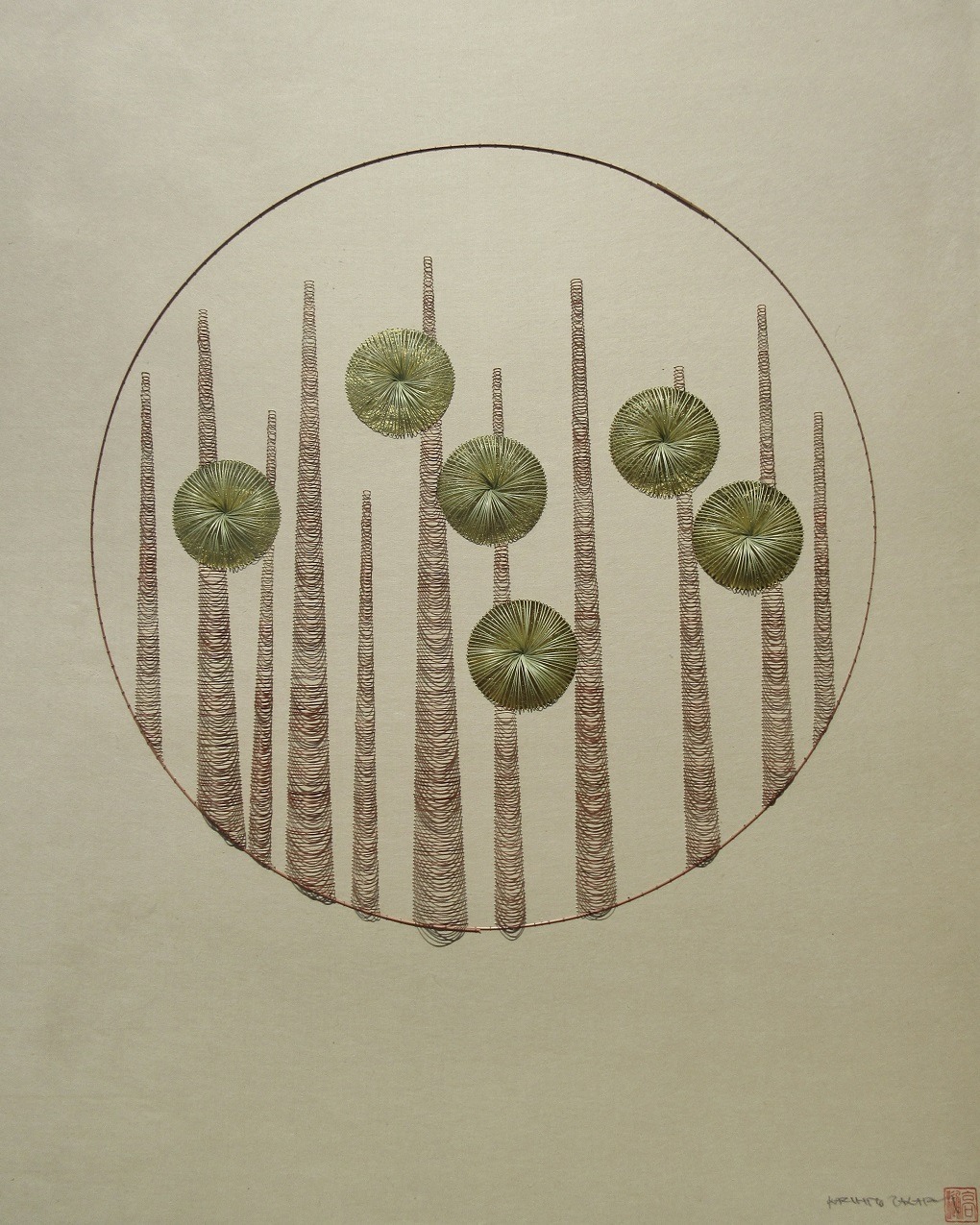
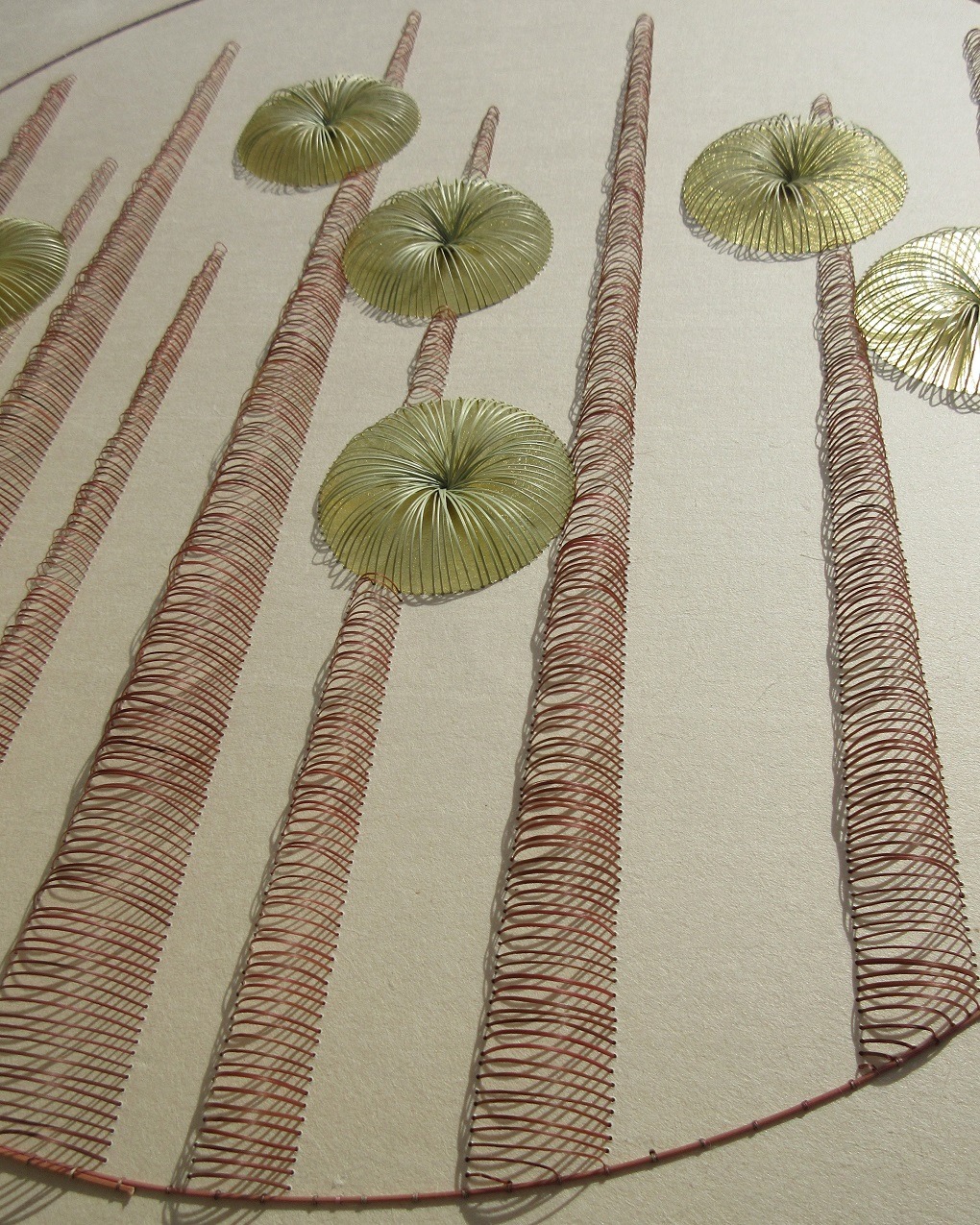
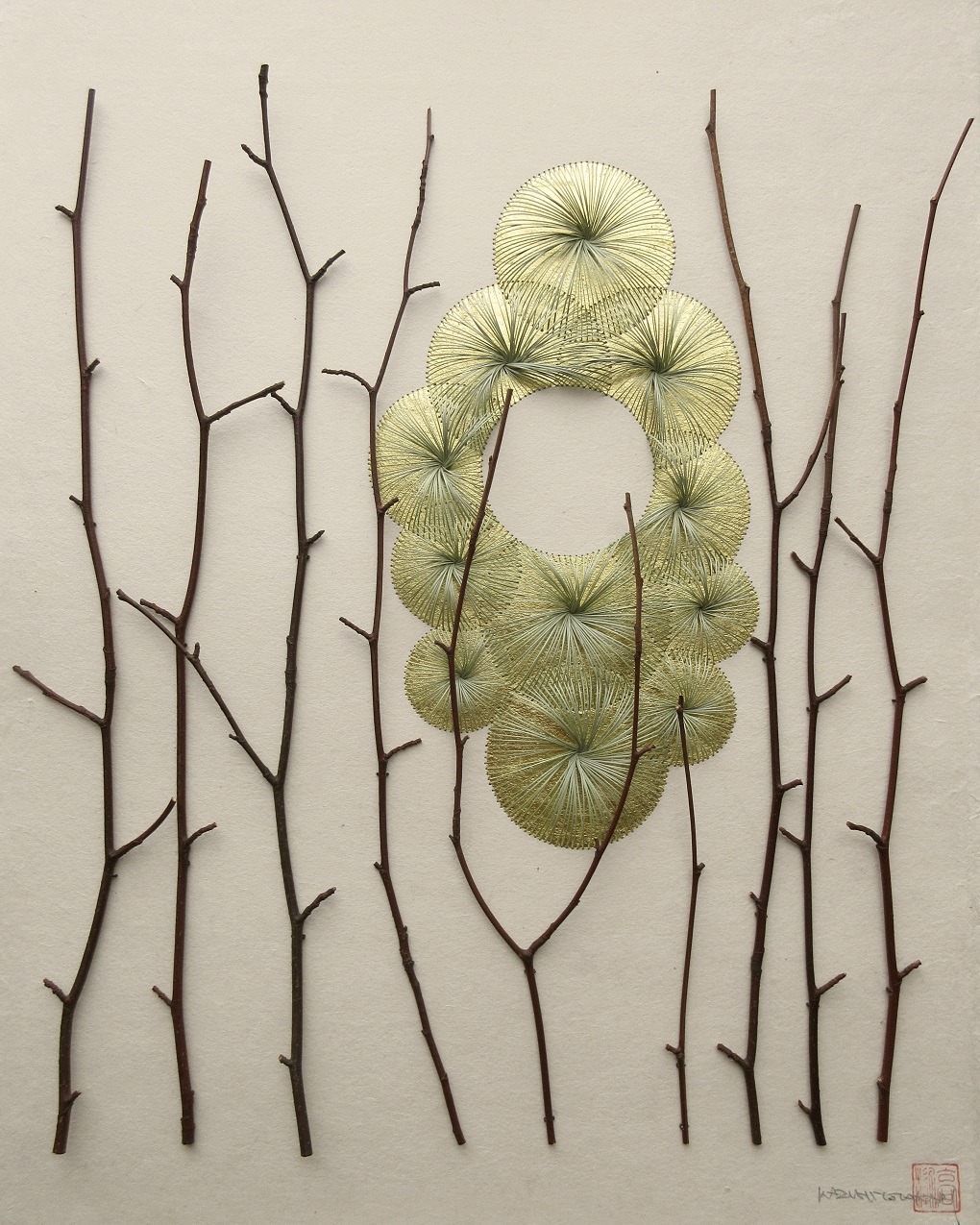
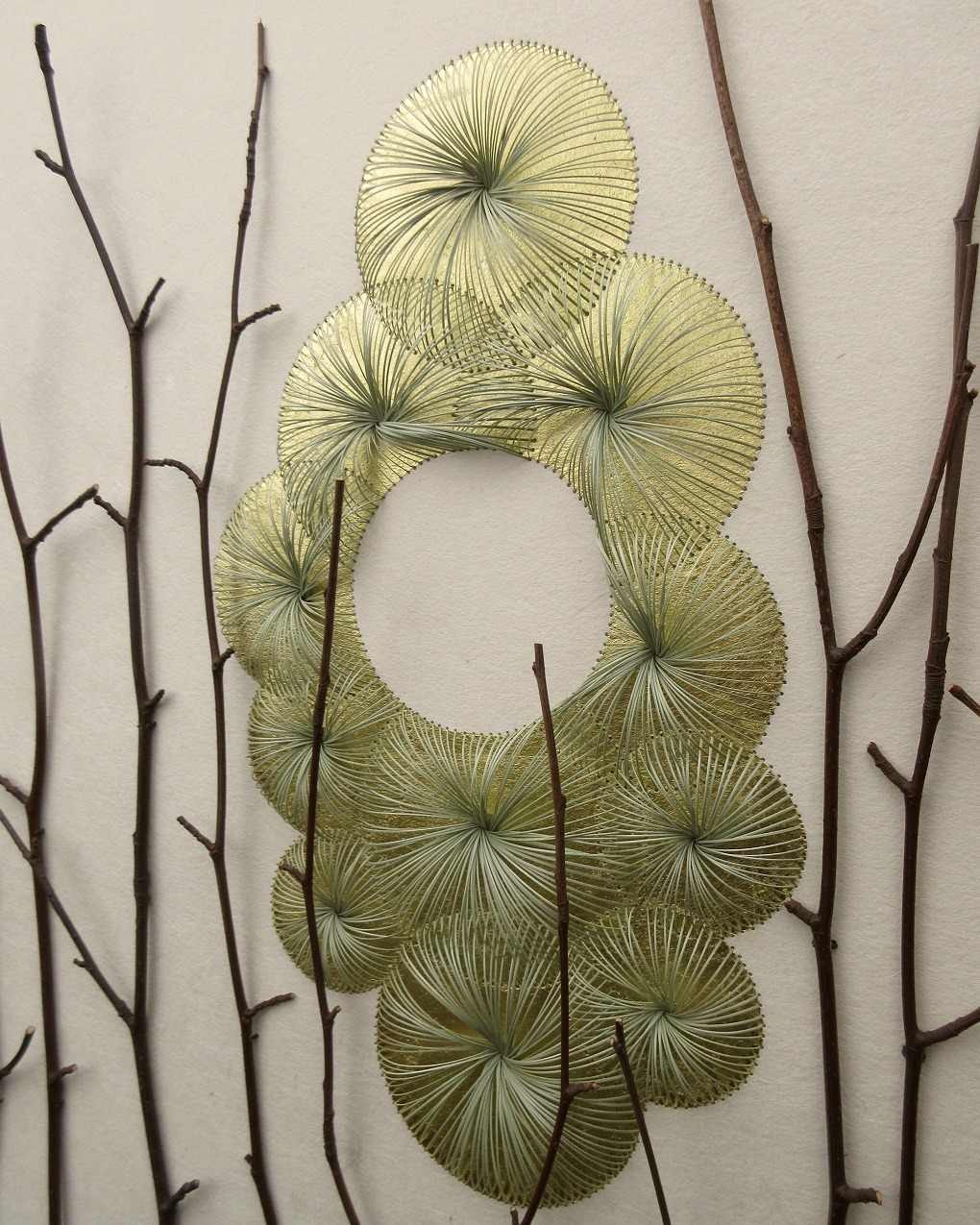
Family influences
Kazuhito Takadoi: All of my inspiration comes from the natural world. I was born just outside the city of Nagoya, Japan and my childhood was spent playing amongst the open fields and ponds around our house. I would sometimes visit the next village of Arimatsu, famous for shibori tie-dye fabric. It was hung up to dry outdoors right across the village and I was fascinated by the huge variety of patterns that could be created from what is essentially plain white cloth and dye.
In the summer we visited the forests and mountains and that’s where my interest in plants was first sparked. My aunt, a retired teacher living in Tokyo, would bring me nature books and I found the Western-style gardens quite captivating, especially as Japanese people weren’t growing herbs and flowers back then.
My maternal grandfather was a teacher of ikebana, the Japanese art of flower arranging, though he died when I was very young. Both my grandmother and mother were keen crafters and there were always craft magazines around the house. So I guess I was exposed to several sources of inspiration from a young age.
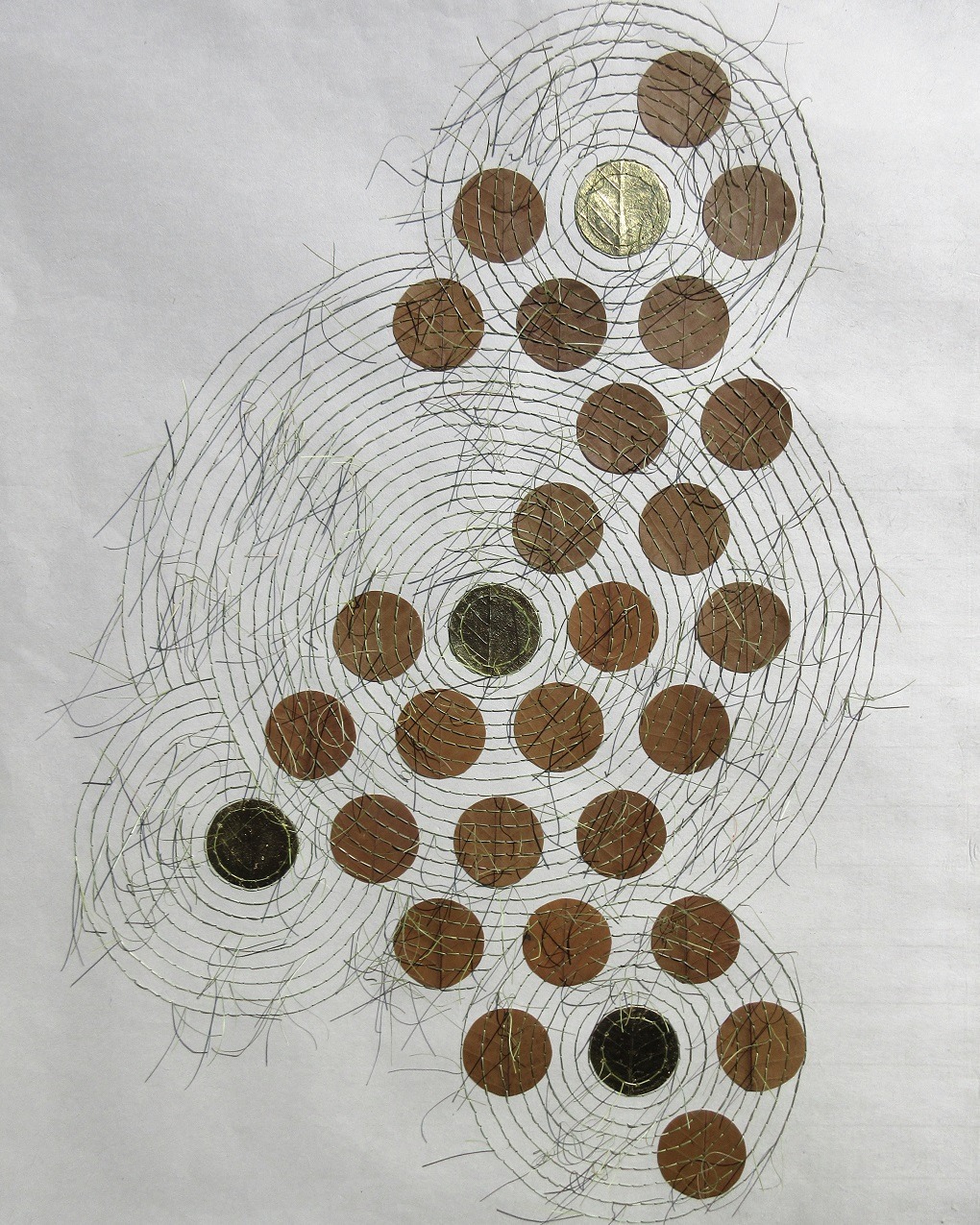
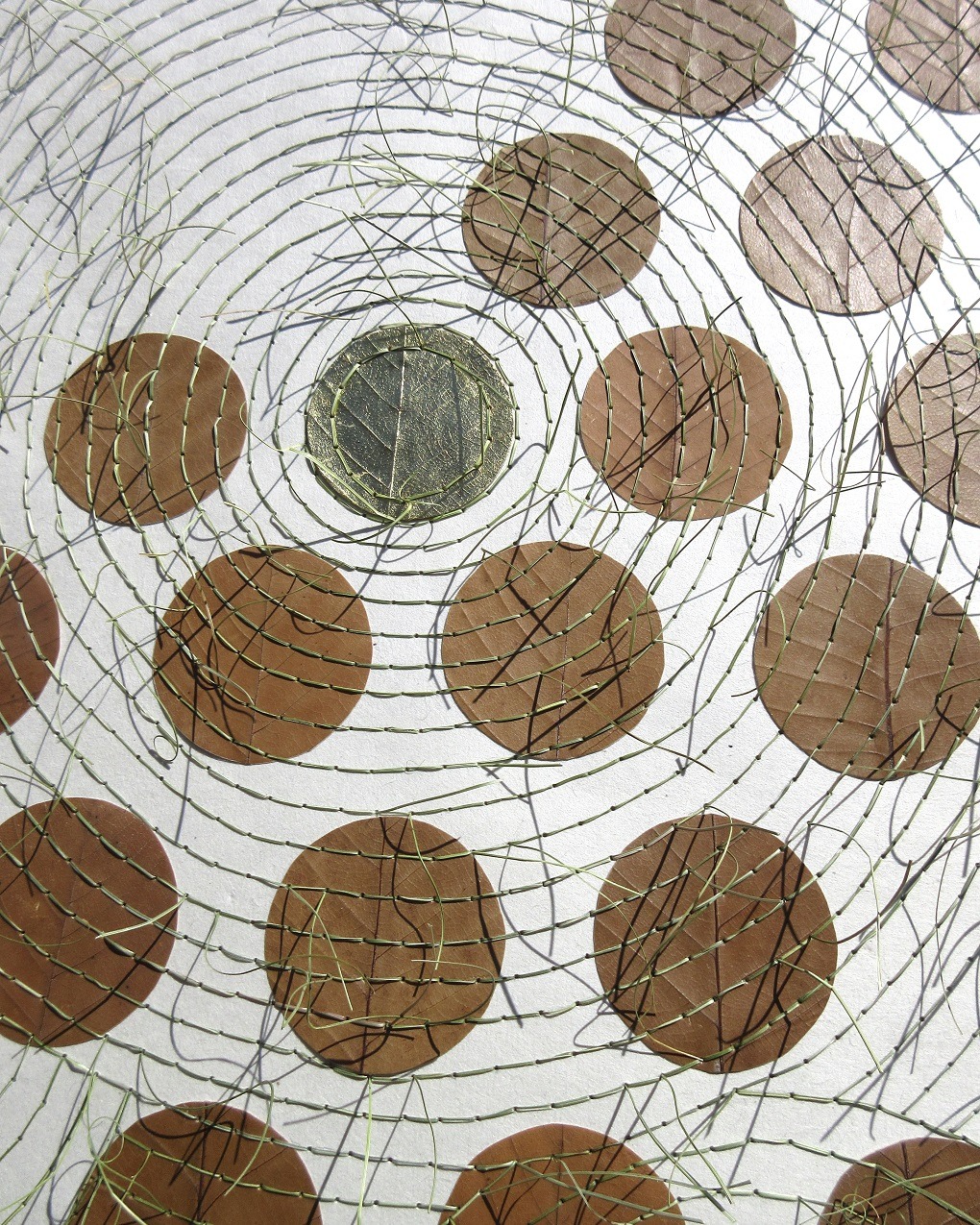
From garden designer to artist
I took a course at Hokkaido Agricultural and Horticultural College at Sapporo, and gained work experience at a large commercial garden in Japan. My interest in English gardens led to a 12-month training programme at the Royal Horticultural Society Garden, Wisley, UK, followed by another 12-month training programme at Longwood Gardens Pennsylvania, USA.
I moved permanently to the UK in the late 90s where I worked at a large private garden. After that, I studied for a degree in art and garden design at Leeds Metropolitan University, with the intention of becoming a garden designer. Although I had always had a keen interest in art until then it had been just a hobby. However, as the course progressed I found I was more interested in the art aspect rather than the garden design.
With my strong interest in horticulture and a love of art I wanted to find a way to combine the two. I started by collecting leaves and grasses from gardens, which I used to make embroidered greeting cards.
It was only after graduating that I decided I would try to become a full time artist. Since 2008 I have been exhibiting with jaggedart in London, and my work is included in various solo and group shows in the gallery and fairs, including the Crafts Council Collect.
‘Now nature is both my inspiration and my source material, which is provided in abundance from my garden and allotment. There are no added colours: everything is natural, simply dried, then woven, stitched or tied.’
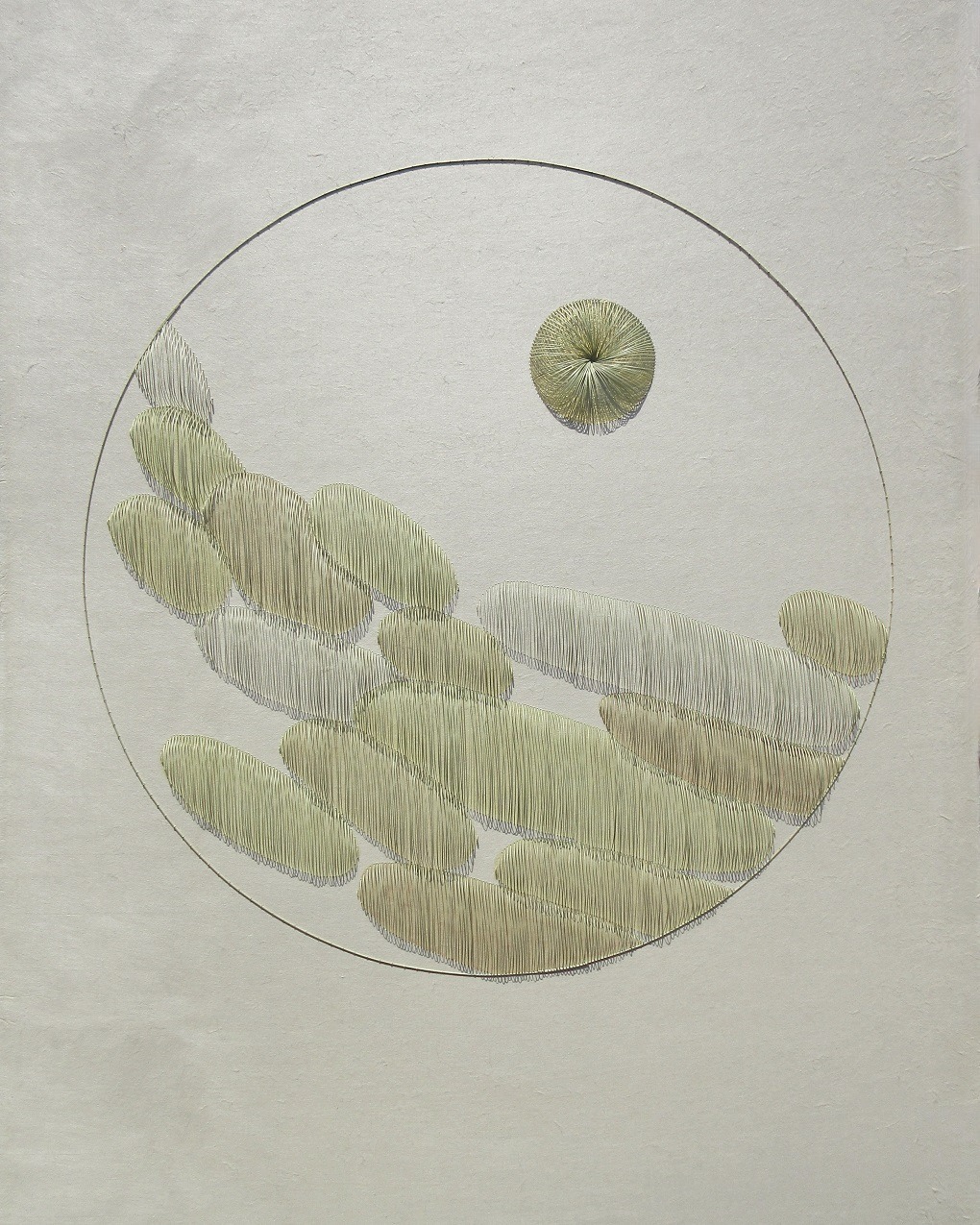
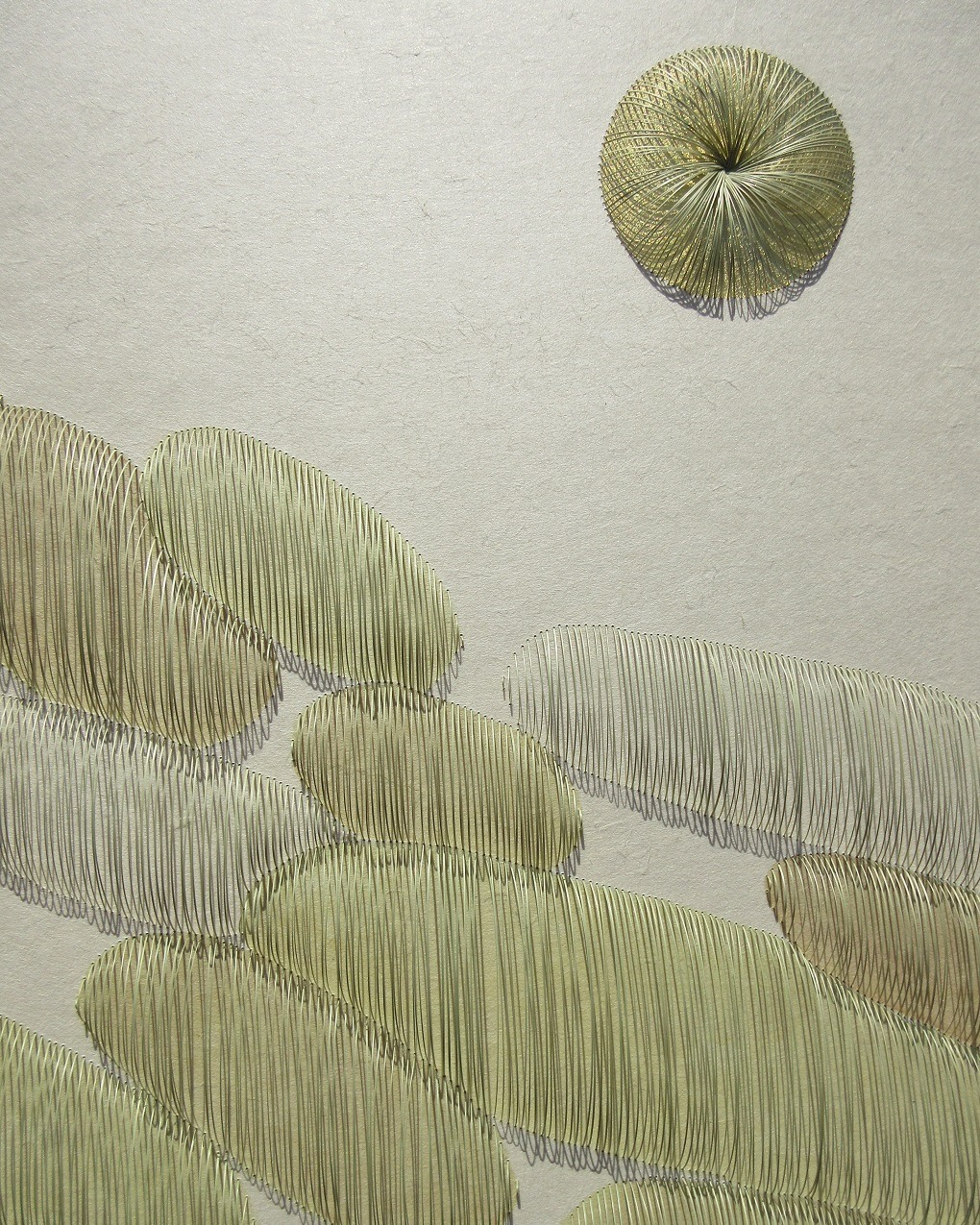
Artistic influences
I’ve been influenced by the earth artist Andy Goldsworthy. I’d never seen anything quite like his leaf sculptures before, and his art helped me to realise that both the art and the materials don’t have to be conventional.
I also love Richard Long’s work: his clever interventions in the landscape are sometimes indistinguishable from natural phenomena. He epitomises the Japanese artistic principles of wabi sabi, or less is more. My work often reflects a subtle adherence to this, and the avoidance of symmetry.
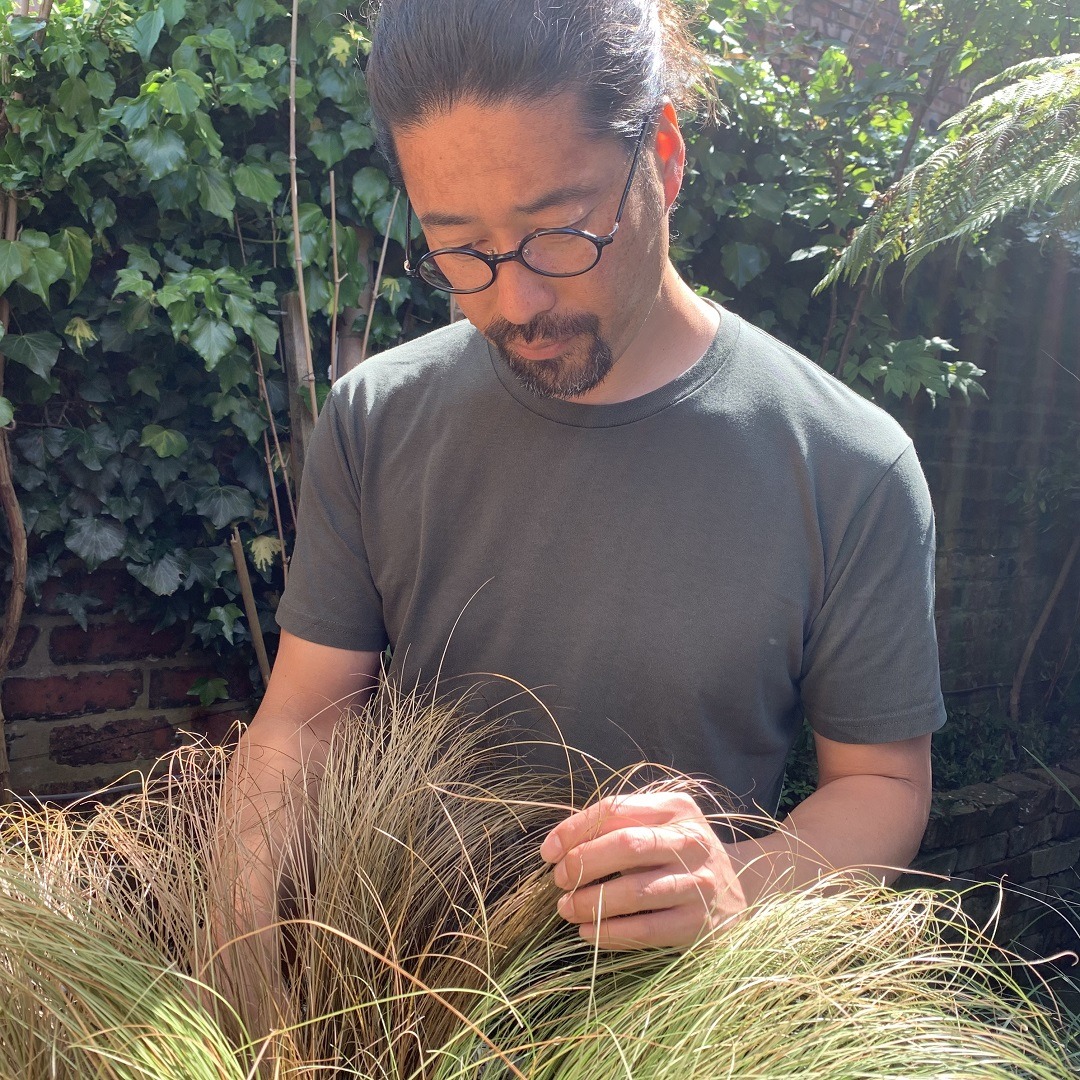
Grasses, leaves and twigs
Grass is my primary material although I sometimes incorporate leaves and twigs into my works. My threads are always grasses. They are nothing special. They aren’t Japanese varieties that I have cultivated, just ordinary red or green grasses that you can buy from any garden centre. The grasses are easy to grow in my own small suburban garden. I find it better to grow them in large pots, as it prevents different varieties and colours from mixing together. The trick is to pick the grass at the right moment, I can’t tell you what that moment is, but after years of experience, you just know.
Autumn provides me with a varied selection of leaves, and I get a lot of these from a large park close to where I live, which has a good variety of trees. The twigs I use are either beech or hawthorn.
‘It’s taken very many unsuccessful attempts with a variety of materials to finally find a combination of grass, leaves and washi paper that seems to work. With constant refinement I’ve been able to create work that I’m happy with.’
My materials are simply air dried in my studio. I layer leaves between newspaper and leave them to dry under a moderate weight. The grasses are left to dry in the open as I have to keep checking the degree of flexibility. Experience tells me when they are just right: rigid enough to sew with, and yet still flexible enough to manipulate. Hawthorn needs to be harvested and left to dry for about a year, cleansed, and then de-thorned before I can start on the construction. The construction element alone can run into many months.
It’s not possible to have complete control over natural materials. They have somewhat variable properties and so the material plays a key role in the final shape of the artwork. My materials are not treated with anything, they’re simply dried.
‘In addition to a deep respect for nature, my work reflects a reverence to time: the time it takes for the grasses to grow, and for them to become sufficiently tender to embroider my works.’
As they dry and mature, there is a subtle colour shift, comparative to seasonal change. The time it takes to complete a piece varies a lot. For a small one, it might be just a couple of weeks but a large piece can take a lot longer.
When I’m making art, I just improvise. I’ve never studied weaving, sewing or basketry; my techniques are self taught by trial and error.
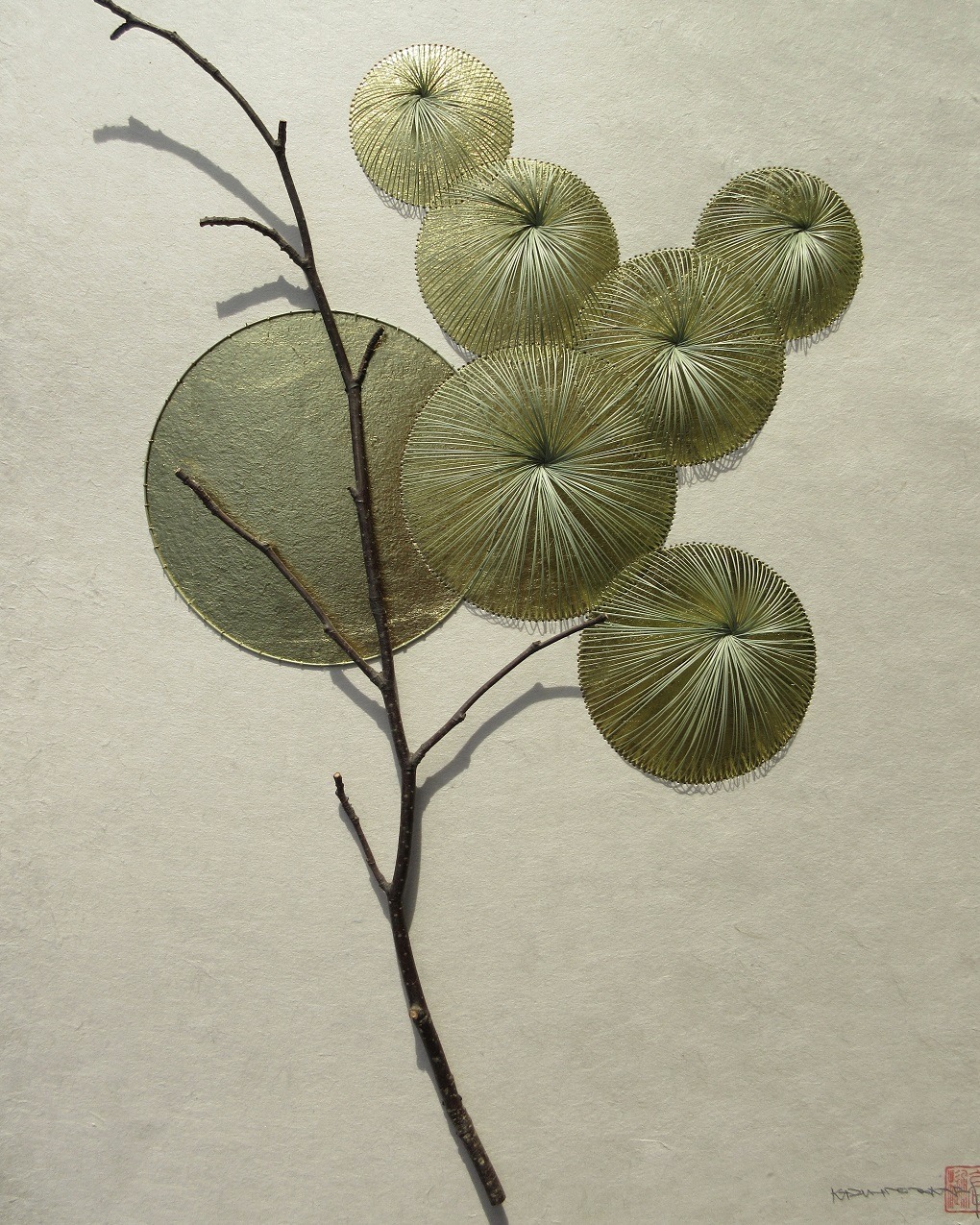
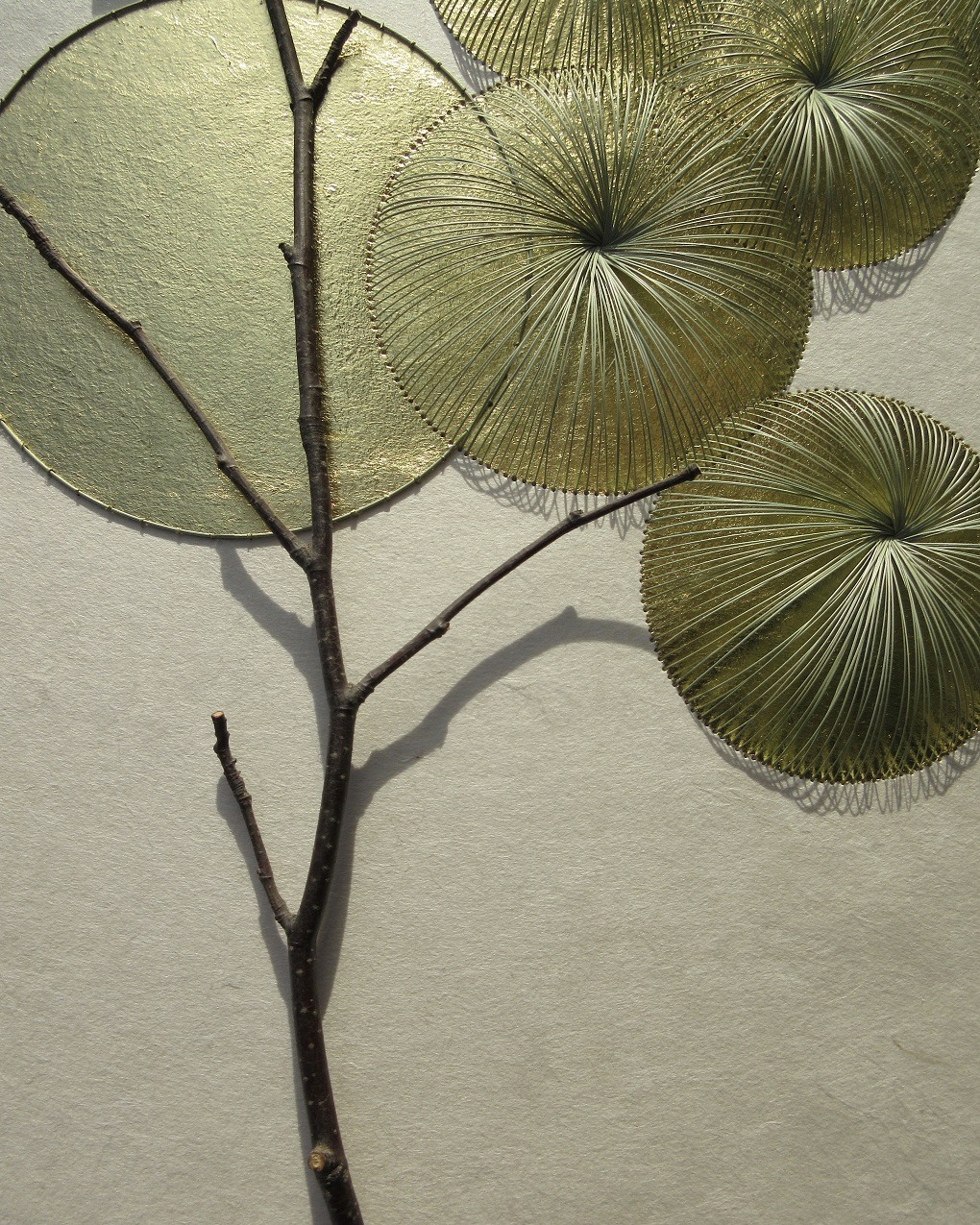
Stitching on washi paper
As my work has evolved I’ve found sewing to be the simplest and oldest method of joining materials. In Japan there were more rules and disciplines about the way art was done. Living in the UK has given me the freedom to explore and experiment, to create my own style, develop my own techniques and make my own rules.
‘My stitching techniques are very simple, I just use a straight stitch and any knots are a basic overhand knot.’
Although I always use the term ‘sewn’, I don’t actually use a needle. Because I make the hole in advance, it’s simply a matter of cutting the end of the grass at an angle and threading the grass through the paper. Where twigs are included, I drill a very fine hole through the twig, threading it with a fine linen twine and tying through the paper. Sometimes I strip the bark off the twigs. Unfortunately, a strand of grass wouldn’t be strong enough for the tying, so I have to use the linen twine. I sometimes use pure white Koyori Japanese paper string/book binding threads. The flexibility and rigidity of these fibres give an even greater sense of three dimensionality.
The fabric I use is washi – Japanese mulberry paper. My early works were made using watercolour paper but to be strong enough to sew through it had to be quite a heavyweight paper and this didn’t give me the result I was really after; they just looked too stiff. Washi is both strong and lightweight and is much more like a cloth to sew through. Whenever I go home to Japan it always includes a visit to my favourite paper shop to add to my collection of washi.
‘The shadows that you see in my artworks aren’t consciously created – they’re a happy coincidence – but I find that they add an interesting dimension.’
They can create the illusion of movement and add depth to the work. As the light changes or the point of view is moved, the shadows create a new perspective.
I often highlight my work with gold leaf. It’s not the daunting process that people might imagine. It really is quite simple, and you can easily find the basic techniques on internet tutorials.
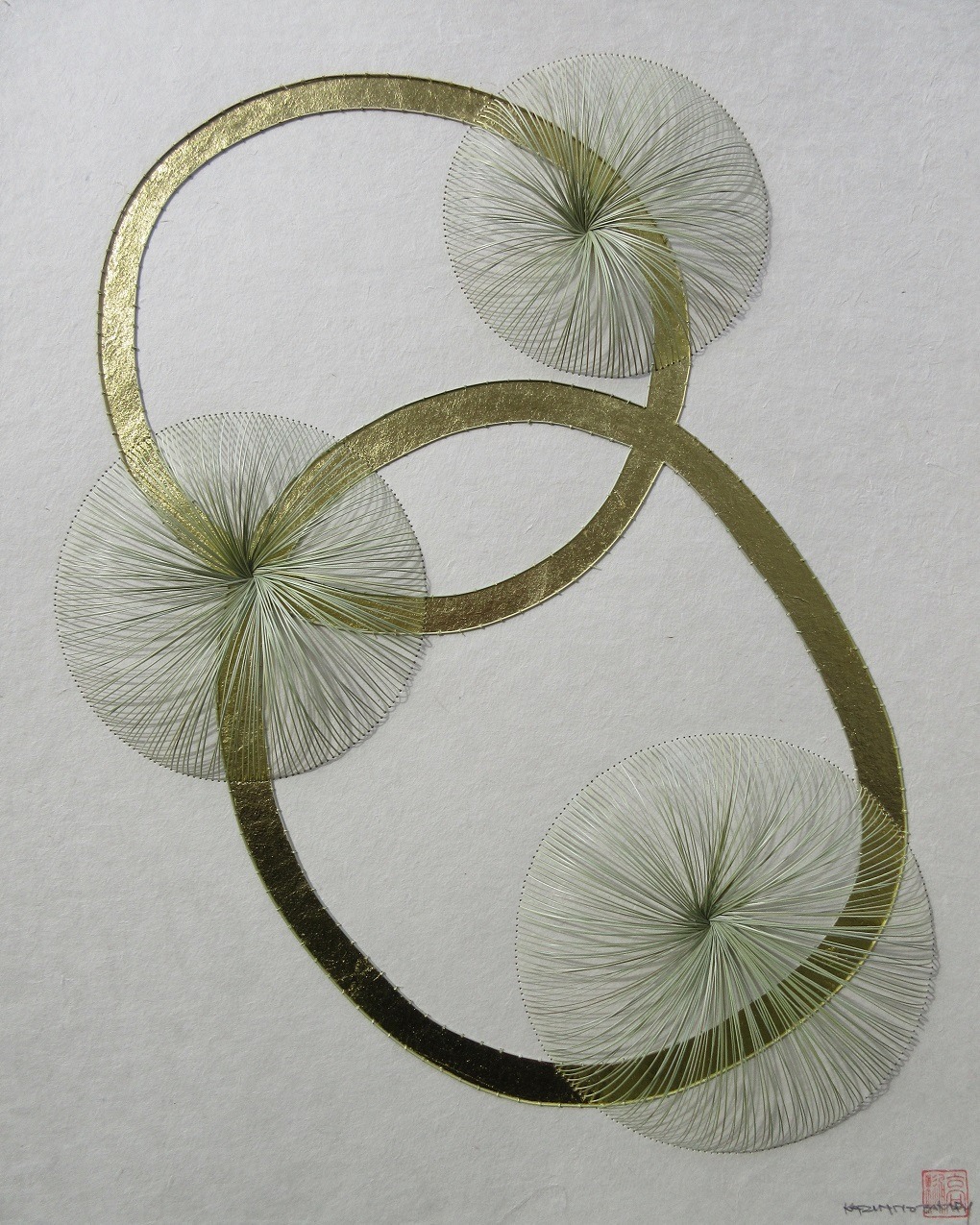
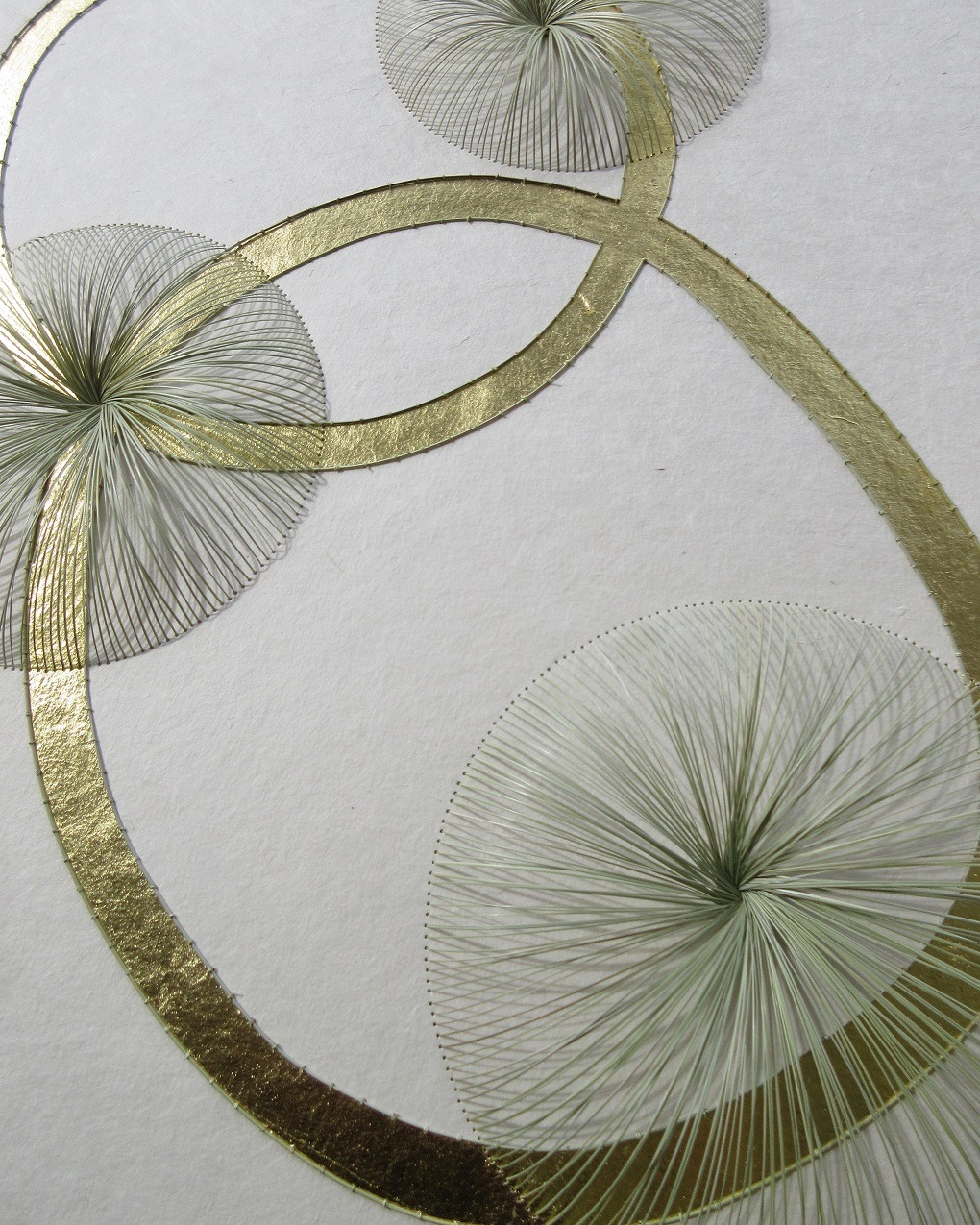
Essential planning
I like my work to look simple and spontaneous but, in reality, it is very carefully planned and plotted. The design is first drawn onto tracing paper with compasses and protractor, and when I am happy that it has the right balance, I transfer the design onto the washi by piercing through the tracing paper with a needle.
‘I haven’t had any great challenges, but sometimes there are setbacks, where something may not turn out exactly as planned. But I just see this as an opportunity to develop a new technique.’
The titles I give my works allude further to the natural world, not only to the woodlands and materials but also to the weather and the cosmos. Though they may appear abstract, each piece has a story behind it.
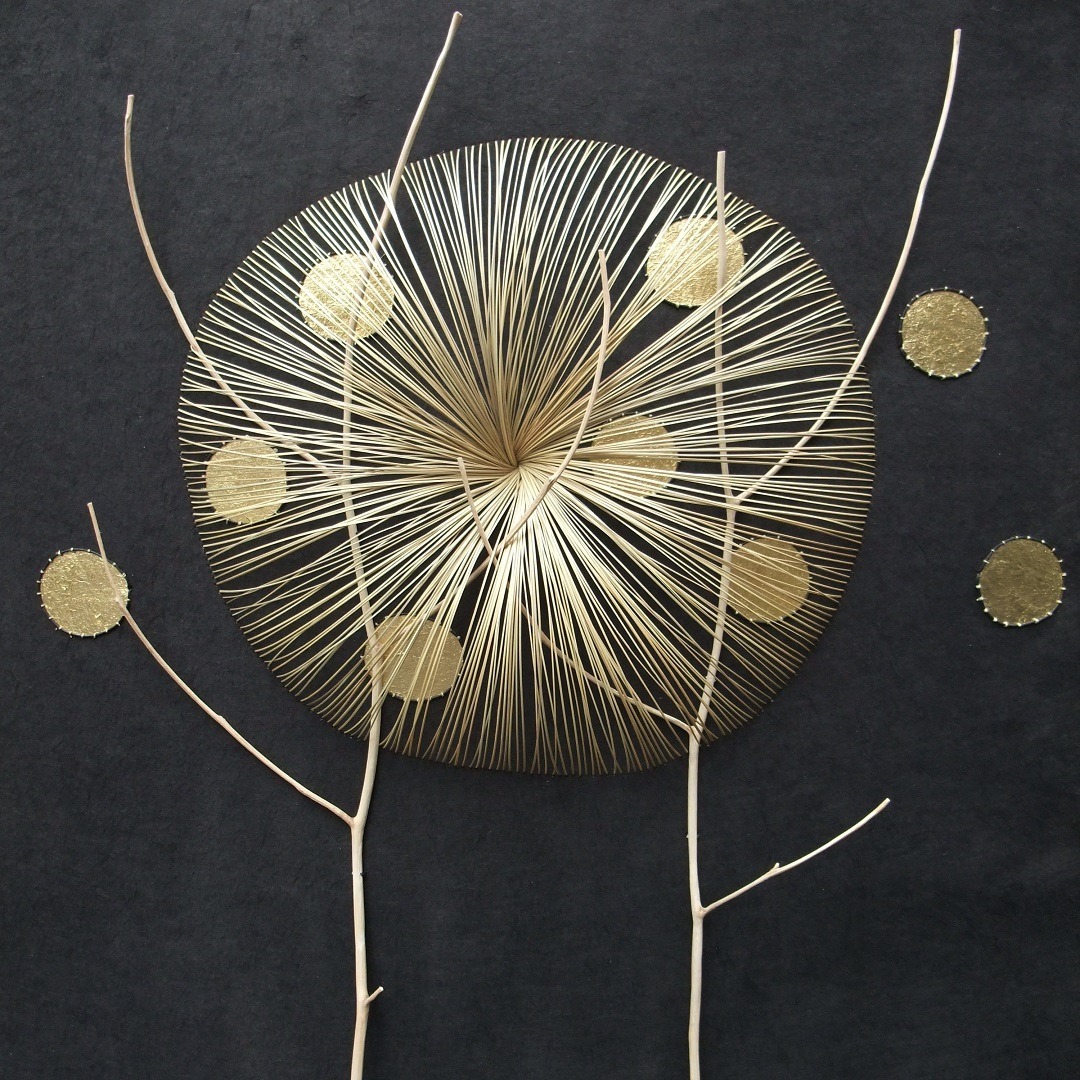
Do try
‘My advice to any artist or maker is never be afraid to try. You don’t have to use established methods and traditional materials, if you think it’s a good idea just go with it. Always keep a notebook or a camera handy, you never know when inspiration might strike.’
I always have my iPhone with me and will photograph anything that takes my interest: a cloud formation, an unusual pebble, a flower, just anything unusual.
Although I’m just happy that people enjoy the work that I produce, to be awarded a special mention by the Loewe Craft Prize in 2019 was very gratifying. My work has been shown with jaggedart at Collect every year and to have one of my pieces purchased by the Victoria and Albert Museum, London also makes me very proud.
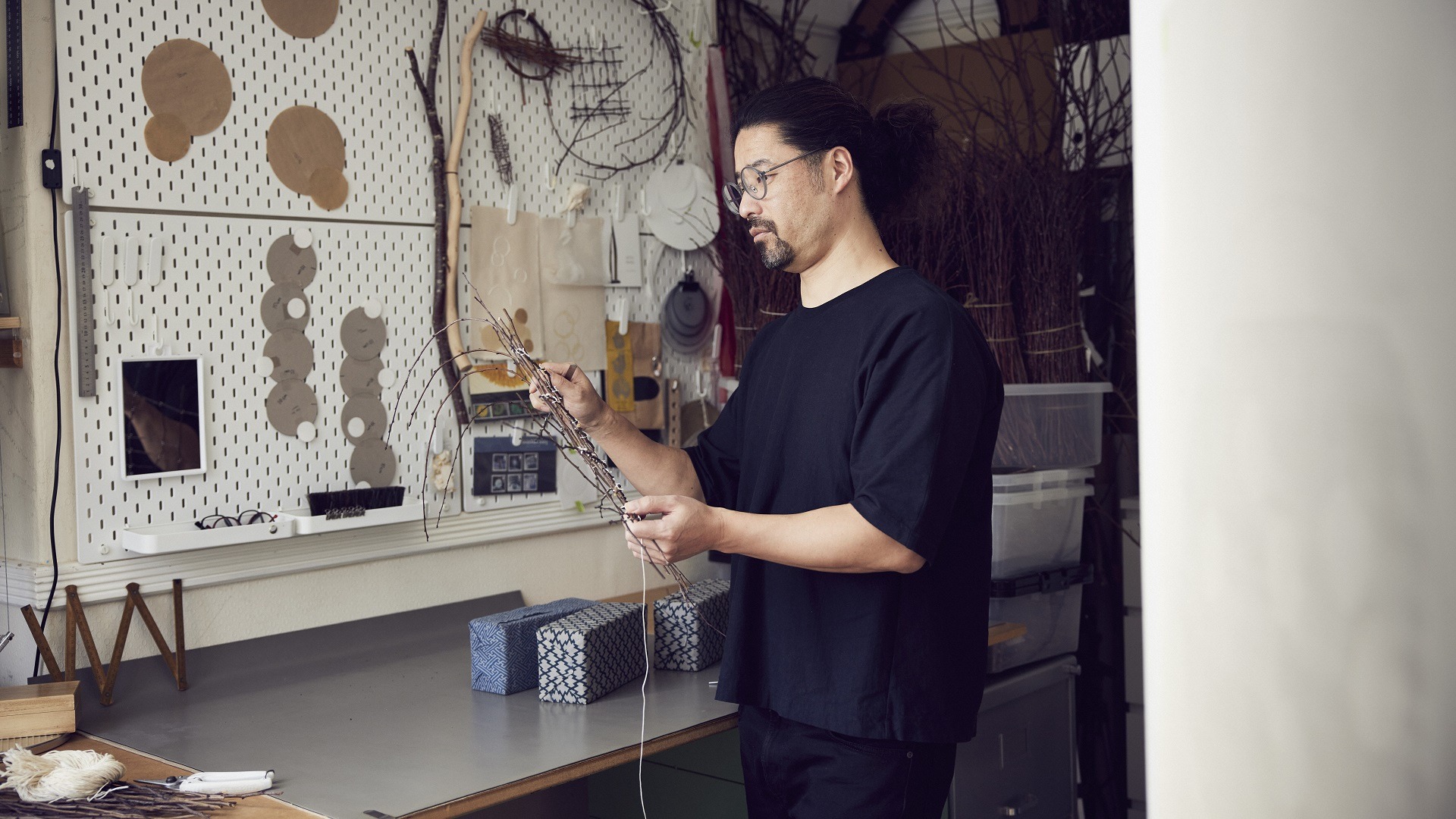
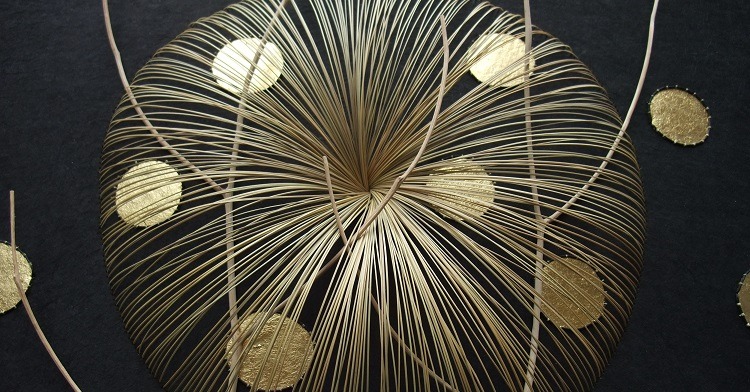

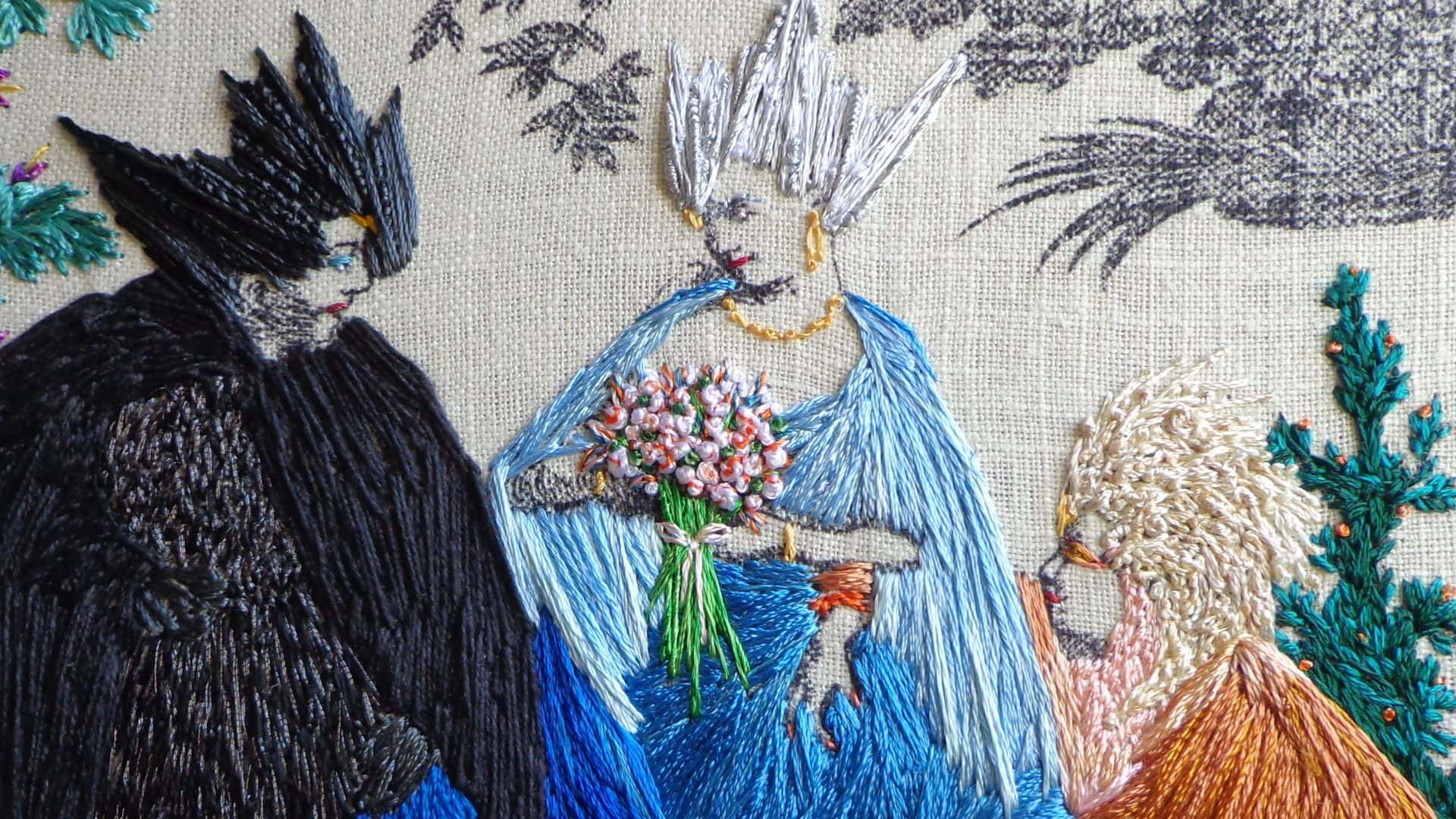
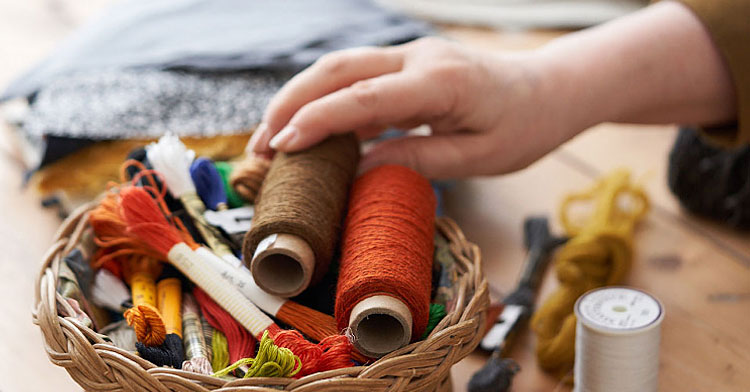
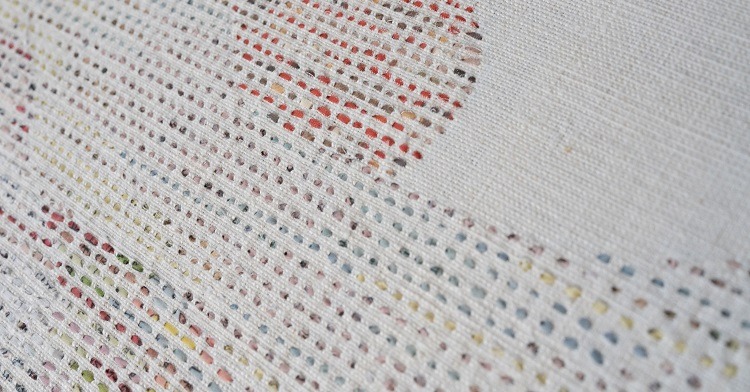
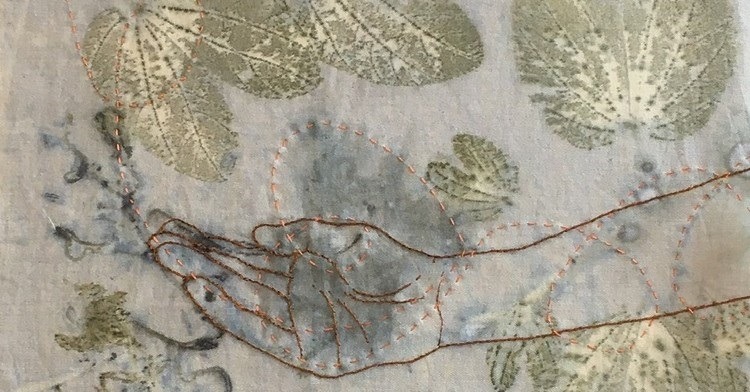
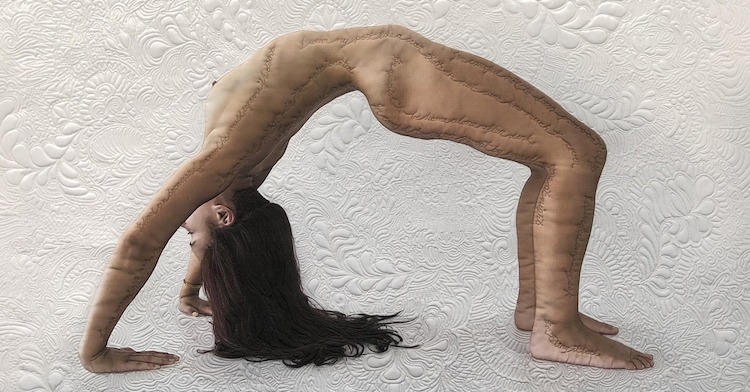
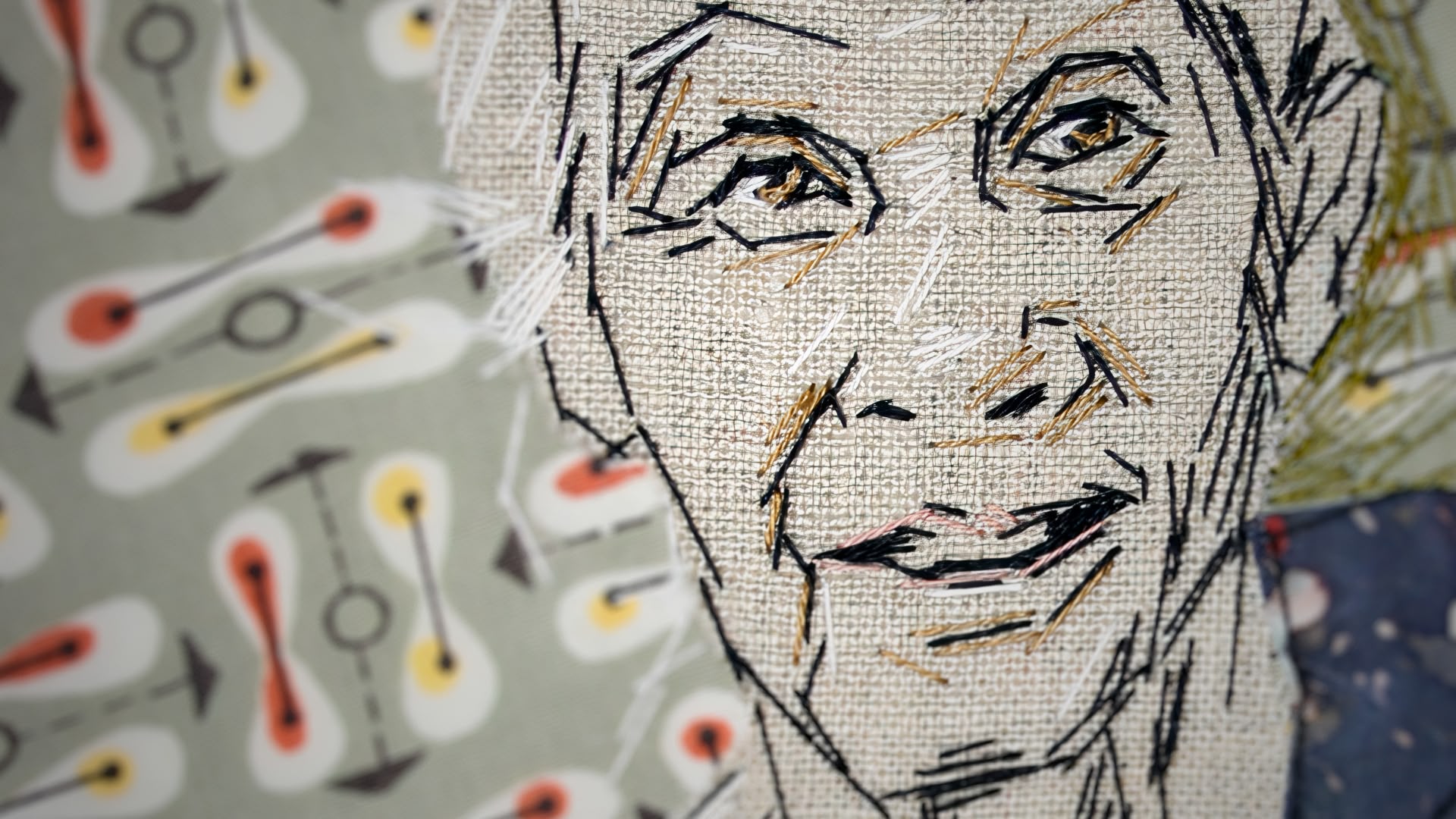
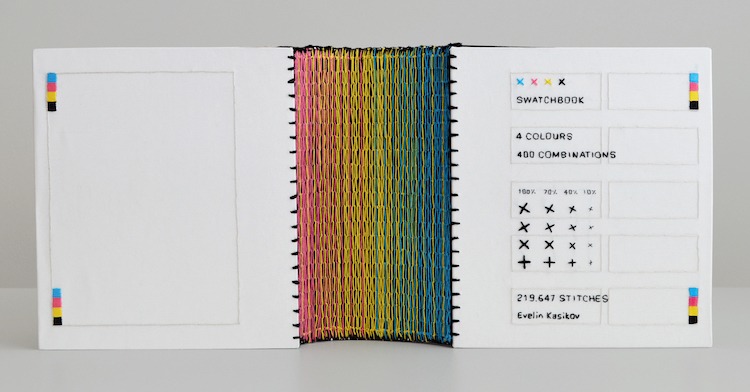
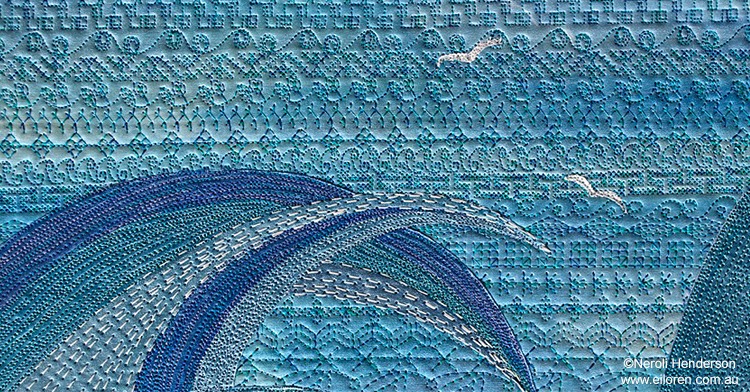
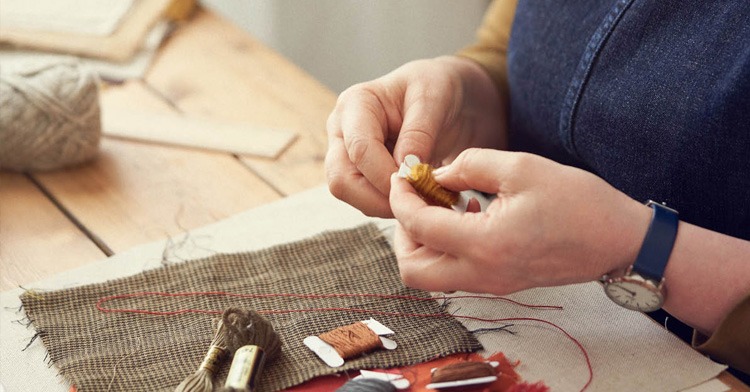
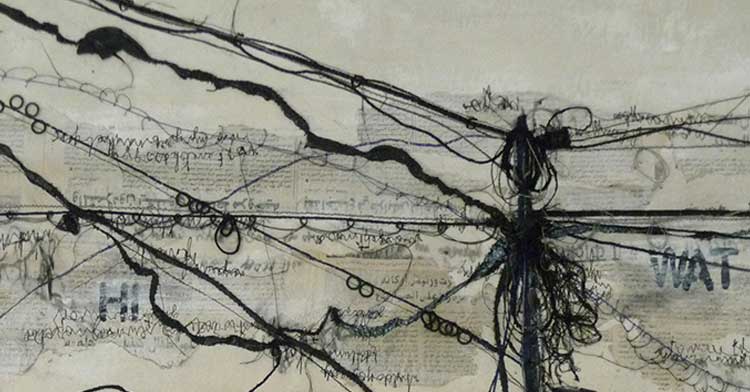
9 comments
Karen Selk
Wow, this work speaks to an aesthetic and nature sense that both excites me and calms me. I am totally in awe and inspired by Kuzuhito’s work. Bravo for introducing us to him.
Ellen Cunningham
What exquisite considered designs.
Ellen Cunningham D.A.
What exquisite considered designs.
Eva
This outstandingly beautiful work makes my heart jump. Big Love.
Amy Rubin
fabulous, both his work and his story. I look forward to seeing it in person one day-maybe at V and A and I am inspired to try a bit of this work myself. I do collect dried bits and pieces in Autumn so this is so timely, probably not by coincidence Thank you for bringing Kazuhito to our attention.
Judy Alexander
So simple and striking. Amazingly beautiful!
Margaret Marks
Talk about serendipity! I have just walk home and spotted some long dried leaves which looked suitable for shredding into long fibers. What to do with them? Weave? Stitch?
Then I opened my emails and there found Kazuhito’s article and advice. What a coincidence and what inspiration to keep on experimenting. Thank you.
Josephine Ho
Fabulous work…one of the artists you’ve highlighted whose article I read all the way through wanting to find out more about him….thank you!
Natalia Manley
Fabulous work.so inspirational.